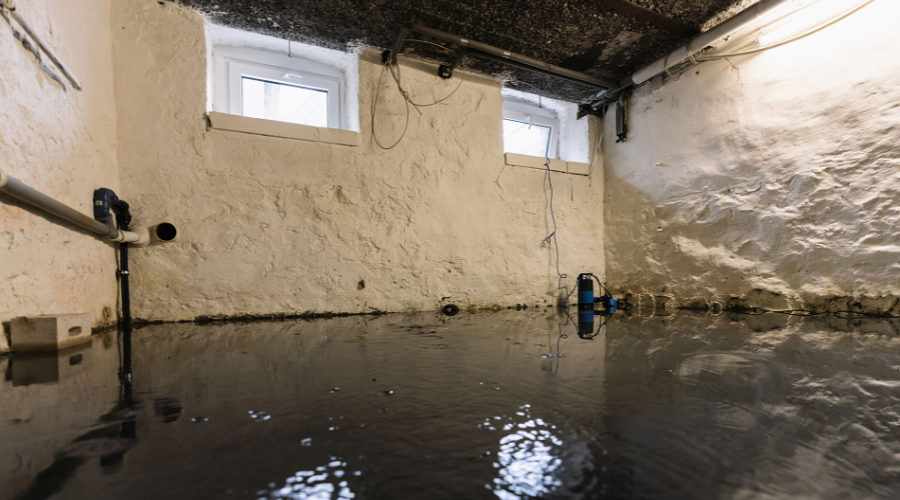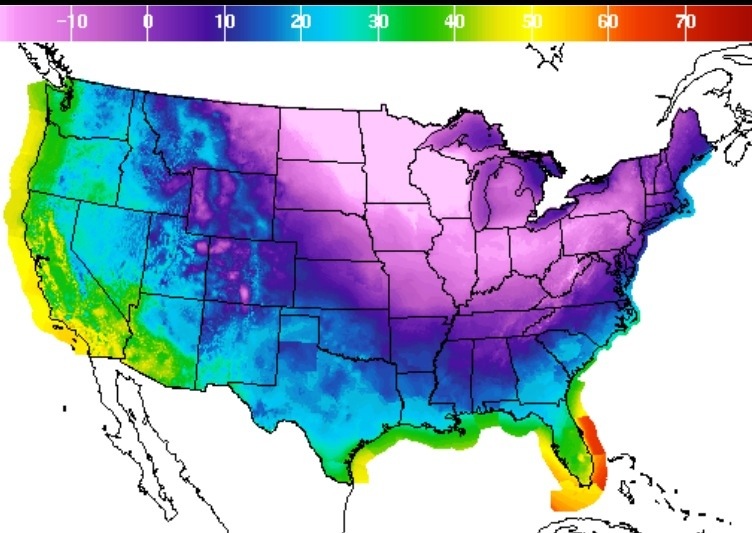How to prevent basement water seepage
Basement water seepageSeepage is the slow movement of water or other fluids throug... More can be a major problem in houses, especially if you find yourself with a damp basement. If your basement smells musty or has a higher humidityHumidity is the amount of moisture or water vapor present in... More level than the rest of your home, you may have a problem with water seepageSeepage is the slow movement of water or other fluids throug... More. Whether it is coming through the walls or pooling on the floor, there are several ways you can help stop water from penetrating your house. Here’s how to prevent drainage water seepageSeepage is the slow movement of water or other fluids throug... More and keep from having a flooded basement!

A basement water seepageSeepage is the slow movement of water or other fluids throug... More is a common problem. SeepageSeepage is the slow movement of water or other fluids throug... More causes wetness in your basement that can leadLead is a heavy metal that can be toxic to humans, especiall... More to moldMold is a type of fungus that grows in damp or humid conditi... More and mildewMildew is a type of fungus that grows on damp surfaces, typi... More, wood rot, structural damage, and other problems.
Finding the Source of Basement Moisture
Basement water seepageSeepage is the slow movement of water or other fluids throug... More typically happens after a heavy rain, or during spring thaws, when the ground cannot absorb excess water. Look at the perimeter of your house’s foundation for pooling water. If water seems to collect on one side of your house, look along that wall inside your basement for signs of moisture, such as damp carpet or warped drywall. You may be able to see beads of water seeping through cracks or seams in your basement walls.
Preventing Water Seepage
Once you know where the water is coming from, you can take steps to prevent further damage. Be sure your gutter pipes direct water well away from your home’s foundation. Build up the landscaped elevation around your home so that water will naturally run downhill, away from your house.
Inside, use a caulking gun to apply waterproof epoxy to any cracks in your basement walls, especially if you saw water seeping through them.
If these do-it-yourself options aren’t enough, call a professional basement waterproofingWaterproofing is the application of materials or coatings de... More team. They will apply an external waterproofingWaterproofing is the application of materials or coatings de... More seal to your basement walls.
Repairing Existing Water Damage
As soon as you notice basement moisture, set up fans to dry the area. This will help prevent moldMold is a type of fungus that grows in damp or humid conditi... More growth. Depending on how extensive the damage is, you may be able to patch the damaged drywall rather than replacing the entire section.
If you see signs of moldMold is a type of fungus that grows in damp or humid conditi... More on carpeting or drywall, consider calling a professional water damage restoration company. They have the experience and safety equipment to remove mold-damaged carpeting and clean the area safely.
Finding Hidden Mold
If your basement has had a water seepageSeepage is the slow movement of water or other fluids throug... More problem for a long time, you may have a problem with hidden moldMold is a type of fungus that grows in damp or humid conditi... More, even if you do not see evidence of damage. MoldMold is a type of fungus that grows in damp or humid conditi... More grows best in dark places, such as behind drywall and under carpet. If you repairRepair is the act of fixing or restoring damaged property, m... More the cracks that allowed water to seep in, and dry the area thoroughly, but still smell a damp, earthy odorAn odor is a smell, often detectable by the human nose, whic... More, call a mold remediation specialist. Chances are there is moldMold is a type of fungus that grows in damp or humid conditi... More growing in an inaccessible area of your basement.












